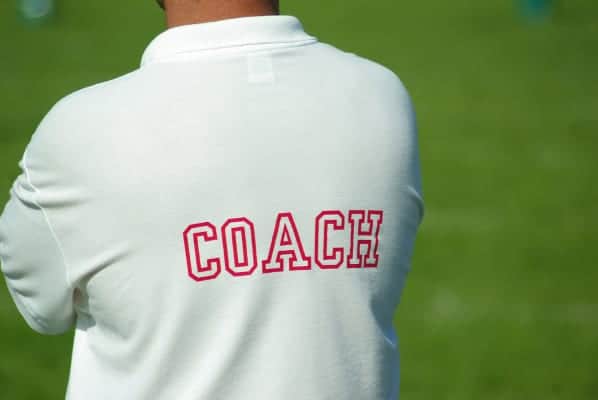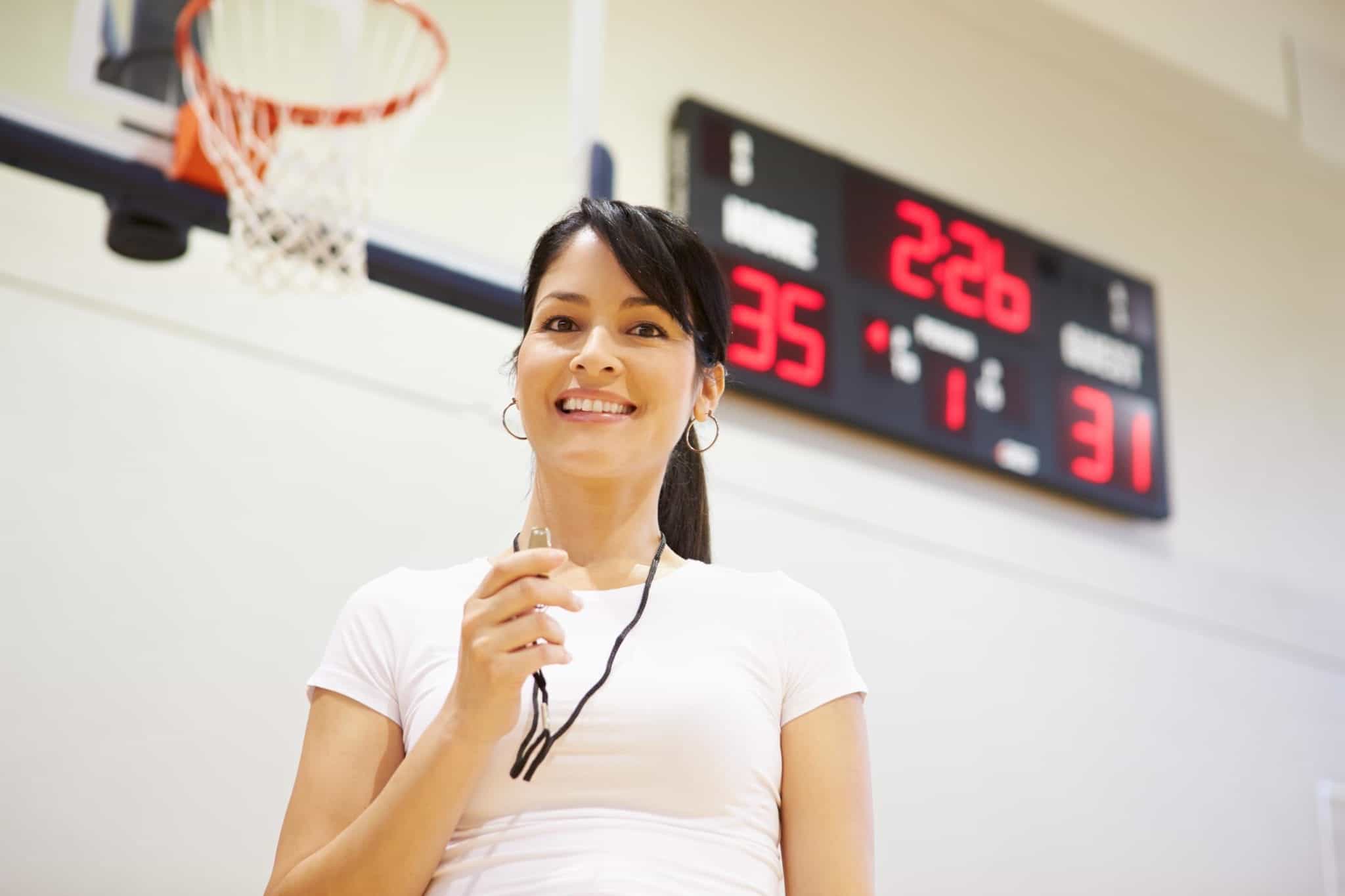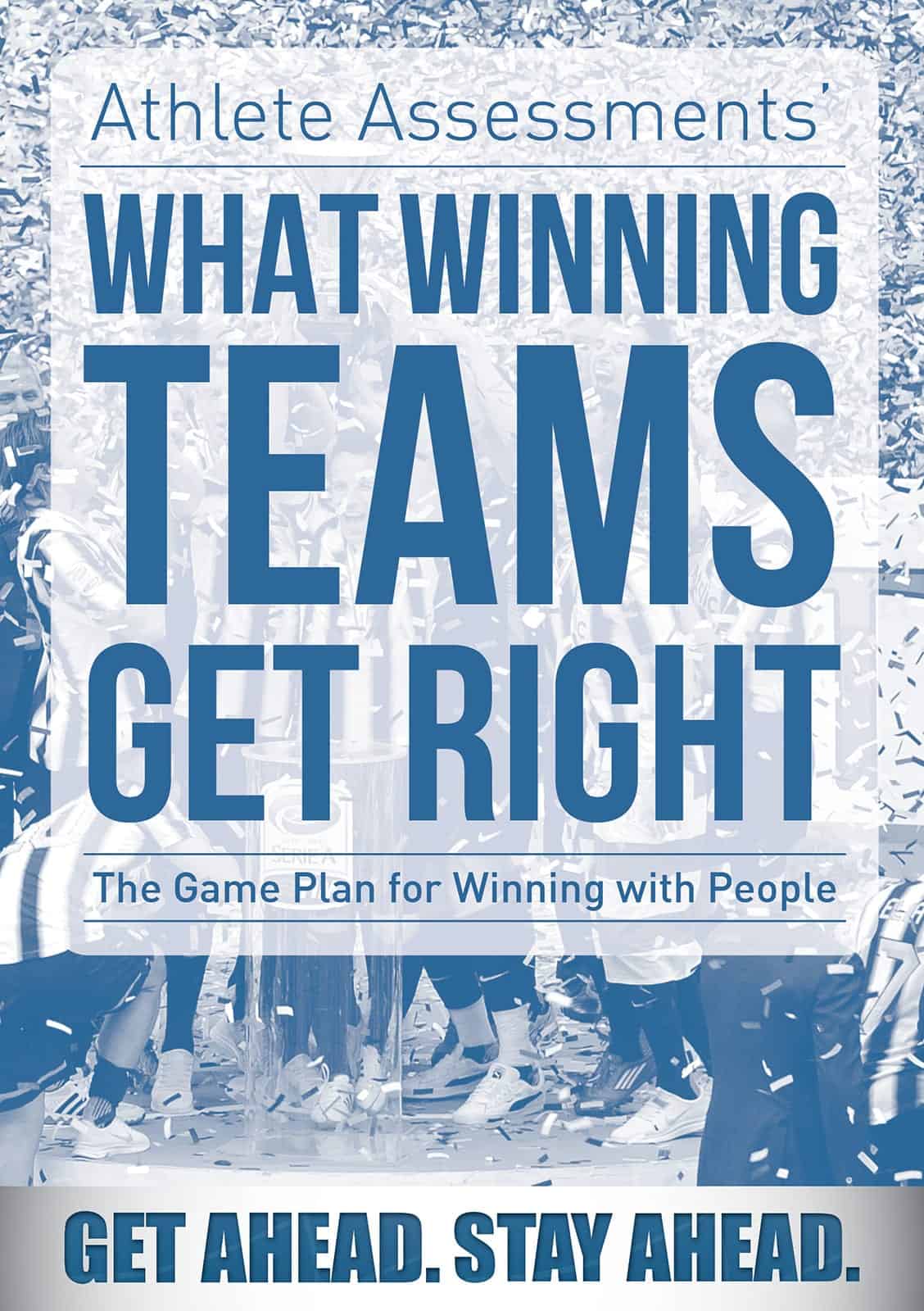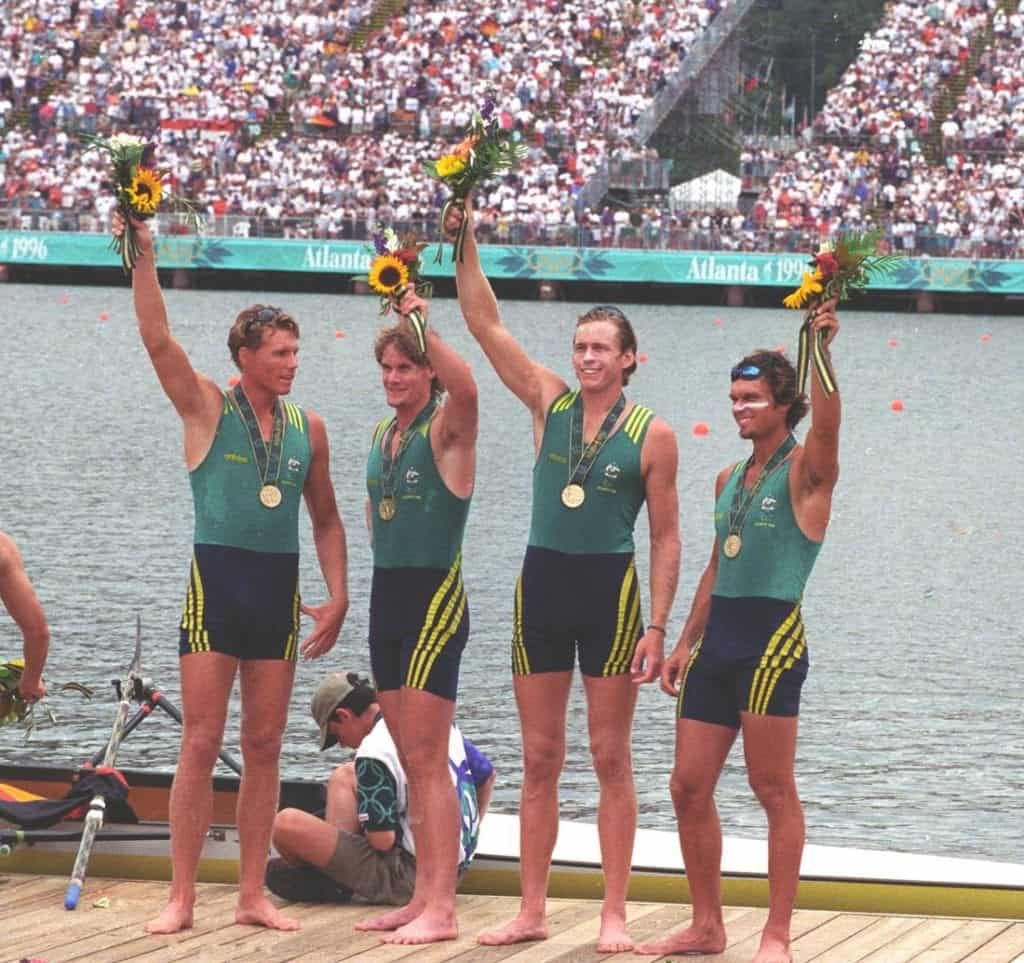By Bo Hanson – 4x Olympian, Coaching Consultant & Director of Athlete Assessments
Recently we saw a fantastic article which featured Michael Phelps’s Swimming Coach, Bob Bowman. Bowman shared his four strategies to create success in your organization, whether business or sport. Considering Bowman coached Michael Phelps to a record 22 Olympic medals (18 of those gold) his insight into what leaders can do to get the best team performance that is valuable for anyone involved in sport.
1. Abandon the “one size fits all” mentality
“You can’t have a cookie cutter approach,” Bowman says. “I’ve been much more successful as a coach as I’ve added to my toolbox.” When he first started, the only tool Bowman had in his toolbox was a hammer. Noting that many people don’t respond well to that approach, Bowman expanded his skills to work with a variety of athletes.
Good judgment comes from experience, and experience comes from bad judgment.
Some people respond to logic, others respond to motivation, while others just want to be left alone to do their job, Bowman notes. Coaches and leaders alike must tailor their approach to the individual employee. Learn what motivates them within the framework of a shared goal that everyone’s moving toward, Bowman says.

Bowman’s number one strategy emphasizes the importance of tailored, athlete-centered coaching, a topic we’ve covered in some depth in previous articles. As a coach over a long career it can be easy to fall into the “cookie cutter” approach, and coach all athletes the same way. However this will not give your athletes the most successful outcomes. Being able to add to your toolbox by moving between the four Coaching Styles is vital. Tailoring your approach to suit a specific athlete is a skill of master coaches. But how do you identify the approach which will work best with an athlete?
You need to be aware of the type of coaching your athletes require, but they also need to have the self-awareness to be able to articulate the type of coaching they will respond best to. It’s a two way street. This is the exact area we work in, and we would be happy to discuss any of these topics with you.
2. Determine your gold standard
“Each business has a gold standard,” Bowman says. It’s up to the leadership to decide what that standard is and how the organization gets there. Once the gold standard is set, everyone on the team needs to buy into it, he says. “We (the staff and athletes at the North Baltimore Aquatic Club where Bowman is CEO) try to be very process--orientated, performing up to a certain standard every day,” Bowman says. “(You can only) control what you can control,” he says.
In other words, don’t be too concerned with what your competitors are doing. “Be a little better today than you were yesterday. If you do that enough days, you’ve traveled a great distance,” Bowman says.
Bowman’s second strategy concerns starting on the same page with your organization’s goals. Often, when problems occur during the season, whether it be with athlete behavior, team dynamics or underperformance, it is because this vital time wasn’t invested upfront. Prevention is always better than a cure.
We recommend using the GRIP Model to start any sporting season on the right foot. Starting on the right foot ensures each team member is heading in the same direction and avoids potential misalignment when it counts the most.

3. Continue to develop your skills
Skills are developed through experience, Bowman says. His favorite saying is “Good judgment comes from experience, and experience comes from bad judgment.” You’re free to make mistakes, just don’t make them twice. You learn from failures much more than successes. When things don’t go well, you have the opportunity to analyze what’s going on and make changes,” he notes.
Great coaching is not an end point in your coaching career… it is the result of constant refinement, resetting of goals and a drive to never consider yourself a “Finished product”. So what are you doing to develop yourself and your people, not just in business but also in sport? Technical or physical ability is never the defining factor in best team performance. Always it is managing the ‘people side’.

Often it is new, state of the art, multi-million dollar facilities or the latest technology in equipment that grabs people’s attention in sport. Yet, when we look at when teams achieve extraordinary results, or the sporting organizations that continue to stay ahead of the rest, it’s rarely due to their hardware, nor do they give credit to their bricks and mortar! What they attribute as central to their success, is leadership, how their team ‘just works’, the high standards of behavior they demand, and their persistent drive.
While it’s nice to have new buildings and equipment, is this the investment that will deliver the best return to your sporting success? Sport is played by people, coached by people and managed by people, so it is imperative to get the ‘people side’ right to achieve and sustain success.
As management and leadership expert Stephen Covey said
“In my 35-year corporate journey and my 60-year life journey, I have consistently found that the thorniest problems I face each day are soft stuff – problems of intention, understanding, communication, and interpersonal effectiveness – not hard stuff such as return on investment and other quantitative challenges.”
4. Accept that there will be daily challenges
In the 18 years he’s worked with Phelps, Bowman acknowledges they “made tons of mistakes, and there are lots of frustrations you have to work through every day. (You have to) expect there are going to be challenges on a daily basis–the fun is overcoming them,” Bowman says.
For example, at the 2008 Beijing Olympics, Phelps won the 200 Butterfly, setting a world record with a time of 1:52.03. However, he was upset with his performance because he’d set an individual standard of 1:51 or better and didn’t reach it because his goggles had filled with water. While Phelps won the gold medal, Bowman believes Phelps would’ve been satisfied with the silver had he reached the goal he’d set. High performers operate according to their own standards and are satisfied when those standards are met, Bowman says.
It’s important for companies to remember that all successful businesses face challenges on a daily basis. “Any successful team or organization, if you could see behind the scenes, they’re dealing with the same problems,” Bowman says. “The more successful you are, the more headaches that come with it. The stakes are higher.”
What the best athletes, and the most successful people, have in common is not that they do not make mistakes. They all do. However, they have an incredible ability to recover from these mistakes. These athletes have a well-developed recovery strategy, whether it is conscious (known to themselves) or unconscious (they perform this strategy unknowingly). Whether their strategy is conscious or unconscious, ultimately we view these athletes as being resilient.
Defining resiliency is relatively easy. Simply stated, it is the ability to bounce back positively after a mistake, mishap, loss or any negative situation. Defining the skills and behaviors of resilient people however is not as simple, as there are a range of skills involved. What is critical to realize, is that resiliency is not a personality trait or behavioral style. Resiliency is a skill anyone can learn.
To learn more about resiliency, see our article on 6 ways to improve an Athlete’s Resiliency or our Video Presentation on Resiliency in Sport. We hope you enjoyed this article.
At Athlete Assessments, we’re here to provide you with excellence in service and to help you be your best. If there is anything we can assist you with, please contact us.





